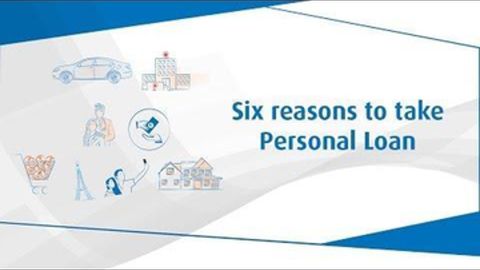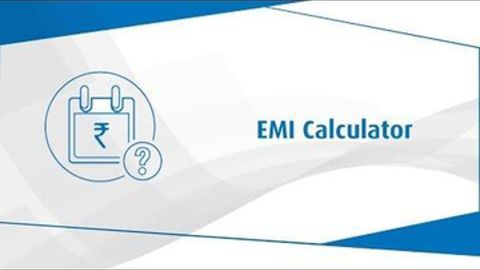One of the easier loans to avail of is a personal loan. It makes sure you have the funds when you need them. This financing option is unsecured, meaning most lenders wouldn’t require you to pledge any asset as security for the loan. This is also why such loans carry a comparatively higher interest rate than secured loans which can have simple interest or compound interest.
Additional read: Personal Loan Minimum & Maximum Tenure
Having said that, while applying for a personal loan is undoubtedly easier, getting it approved and sanctioned can be challenging. How much of the amount is ultimately approved will depend on a mix of factors – with your monthly income and credit score probably being the most important among them. The reason why your income is given precedence over the other determinants is that a lender would want to be sure of your ability to pay back the EMIs on time, thus ruling out any risk of default.
Additional read: What is Reverse Repo Rate? Difference Between Repo Rate Vs Reverse Repo Rate
Before extending you a personal loan, there are other reasons behind considering your monthly income as a vital standard. Some of them are:
- Higher your income, more will be your scope of borrowing
- You will then be flexible with the chosen loan tenor as well
- Higher the CIBIL score, the more the chance of getting lower interest rates on a personal loan
Another factor that lending institutions often consider before signing the dotted line in the loan approval document is whether you have availed of loans from other lenders or banks.
Additional read: Four top factors that led to the growth of NBFCs in India
How much personal loan will I be approved on my salary?
Again, there isn’t a standard income parameter to judge your suitability for a loan. The lender is likely first to check whether you have defaulted in the past and currently servicing any loan besides the one you are applying for. There are a few things you should keep in mind:
- Approach the lending institution directly
- Keep your credit score above 750
Salary |
Expected Personal Loan Amount |
Rs. 20,000 |
Rs. 5.40 lakh |
Rs. 30,000 |
Rs. 8.10 lakh |
Rs. 40,000 |
Rs. 10.80 lakh |
Rs. 50,000 |
Rs. 13.50 lakh |
Rs. 60,000 |
Rs. 16.20 lakh |
Additional read: How to improve CIBIL score
The amount you are eligible to borrow is at the lender’s discretion. However, most banks and NBFCs limit a personal loan at Rs. 35 lakh to an individual. Lenders evaluate the monthly income of loan applicants and the potential growth in it before approving a loan. In most cases, individuals are eligible for a personal loan amount of up to 30 times their monthly income.
Additionally, to minimise the risk of default, lenders keep the EMIs of the loan to about 45-60% of your monthly income. For instance, if your monthly income, inclusive of all deductions, is within Rs. 20,000 – Rs. 25,000, chances are the loan EMI amount wouldn’t exceed Rs. 12,500, which is about 50% of your monthly income.
Additional read: Where to check your CIBIL score
While these are general guiding principles for lenders, ensure that you have a good credit score and credit history. Any instance of previous default will hamper your chances of getting the desired loan amount or a favourable tenor and interest rate. You can also share a few basic details about yourself and check out all the pre-approved offers on personal loan, home, and business loans from Bajaj Finserv.
DISCLAIMER:
While care is taken to update the information, products, and services included in or available on our website and related platforms/websites, there may be inadvertent inaccuracies or typographical errors or delays in updating the information. The material contained in this site, and on associated web pages, is for reference and general information purpose and the details mentioned in the respective product/service document shall prevail in case of any inconsistency. Subscribers and users should seek professional advice before acting on the basis of the information contained herein. Please take an informed decision with respect to any product or service after going through the relevant product/service document and applicable terms and conditions. In case any inconsistencies observed, please click on reach us.
*Terms and conditions apply








